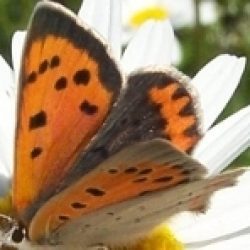The warm air moving north from Africa provides perfect moth weather. Moths, 95% of which are night-flying, need warmth to fly, just as their day-flying counterparts do. When I headed toward Lullymore, Kildare at 6 am to see what our catch was, the air temperature was 18 Celsius. Expectations of a high abundance and species diversity were high and fulfilled. The provisional figures for species are 130, including the extreme rarity, Suspected Parastichtis suspecta. The Flame Axylia putris, a common species, was particularly abundant. It is enjoying a good year in the region.
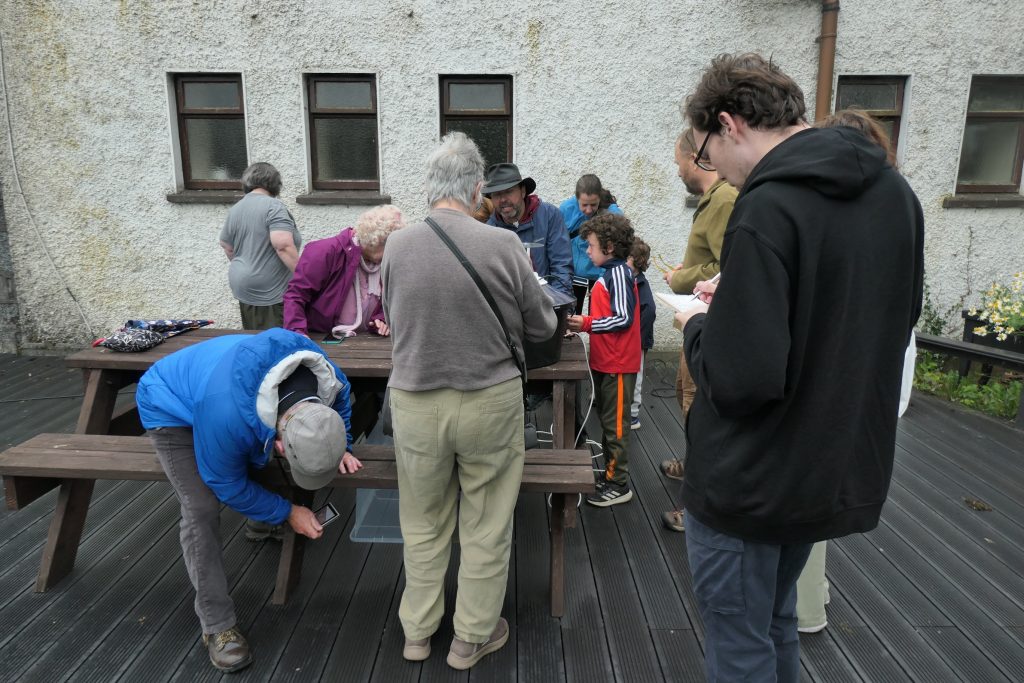
A wonderful feature of our event was the age range and the enthusiasm of everyone present. Children, college students and older adults were crowded around packed moth traps, enthusiasm barely contained as event leader Philip Strickland carefully inspected individual egg cartons, and Conor recorded the moth list.

Three Robinson traps were opened at the wonderful Bog of Allen Nature Centre, Lullymore, and portable traps at Lullymore West Bog were checked earlier in the morning. Last year was quite a poor one for moths, except for the autumn period. Moth populations look better this year, but are not as high as they were in the area in 2012, the last time we trapped in the area. They might need another year to recover.
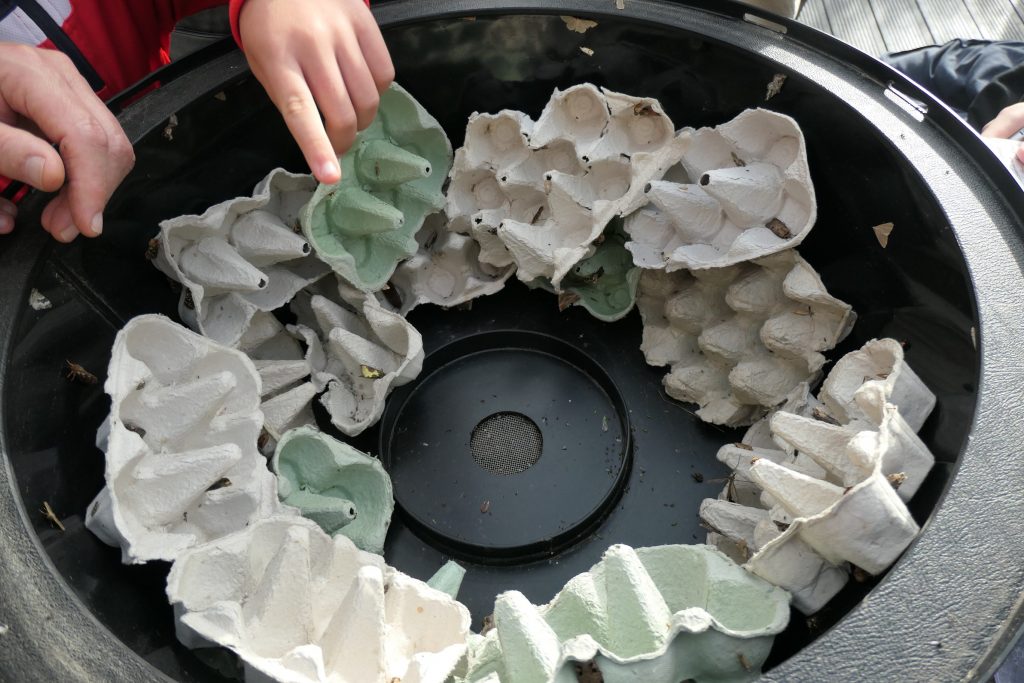
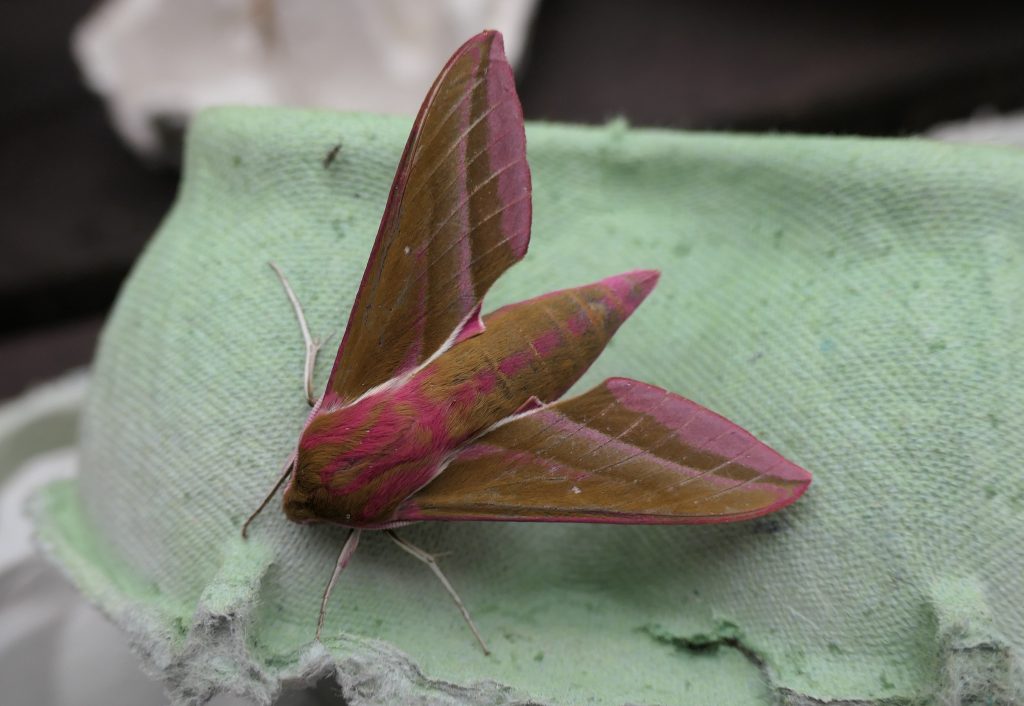


After the traps were checked and moths recorded and photographed, we had refreshments upstairs in the centre before our training on moth trapping and identification. The slide show covered the ecological importance of moths, showed the most common species and a few notable rare species, such as Burren Green Calamia tridens, moth trapping techniques, recording and licensing requirements.
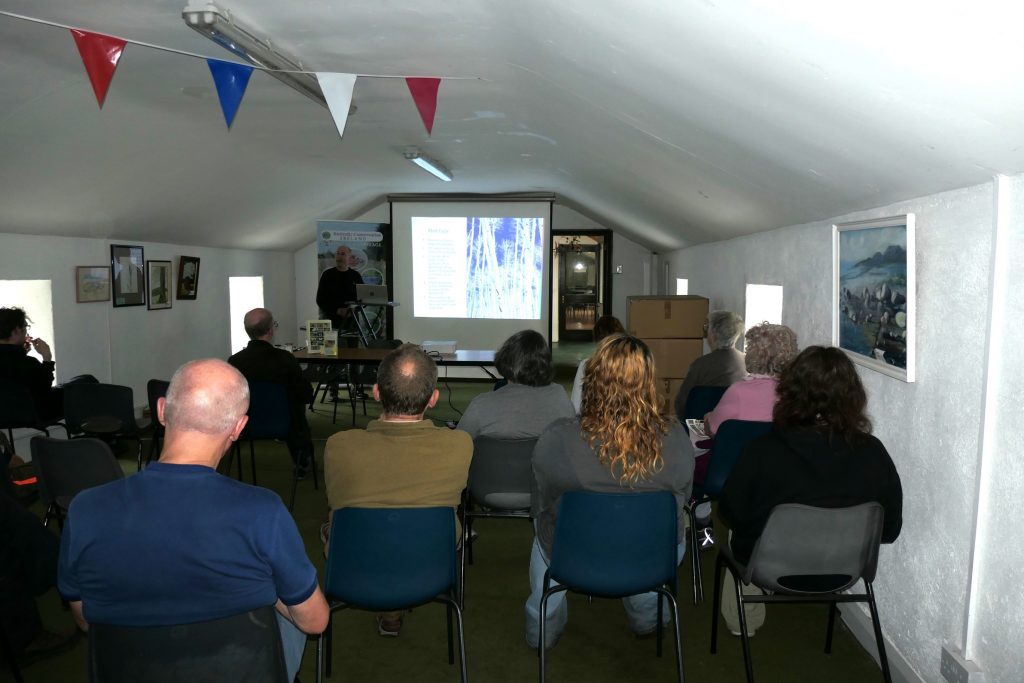
Robinson moth traps and moth guides purchased with the support of the Heritage Council grant to Butterfly Conservation Ireland were provided to enthusiastic Butterfly Conservation Ireland members. They are looking forward to trapping and recording moths. One of the great pleasures of moth trapping is the excitement of seeing so many ‘surprises.’ We see species never encountered in daylight, despite being present in our gardens and wilder places. There are 1505 species in Ireland, so there is so much to discover.

One never tires of the magic of moths. Their colour, patterning, shape, and size range are simply mesmerically complex. Their occupancy of differing habitats makes them among the most comprehensive of ecological health indicators. If you enjoy nature and care about conservation, you need to learn more about moths!
Thanks are due to Philip Strickland for setting the traps and leading the event, to Richella Duggan for promoting the event, to Nuala Madigan of the Irish Peatland Conservation Council for providing the venue and refreshments, everyone who attended and to the Heritage Council for their generous financial support for the event and purchase of moth traps and the projector used for the training.


